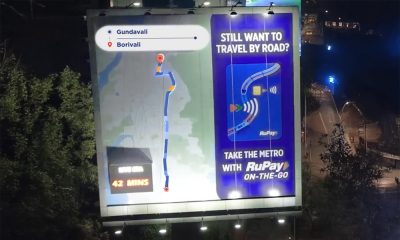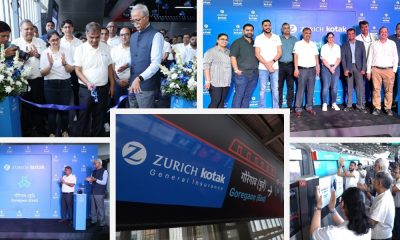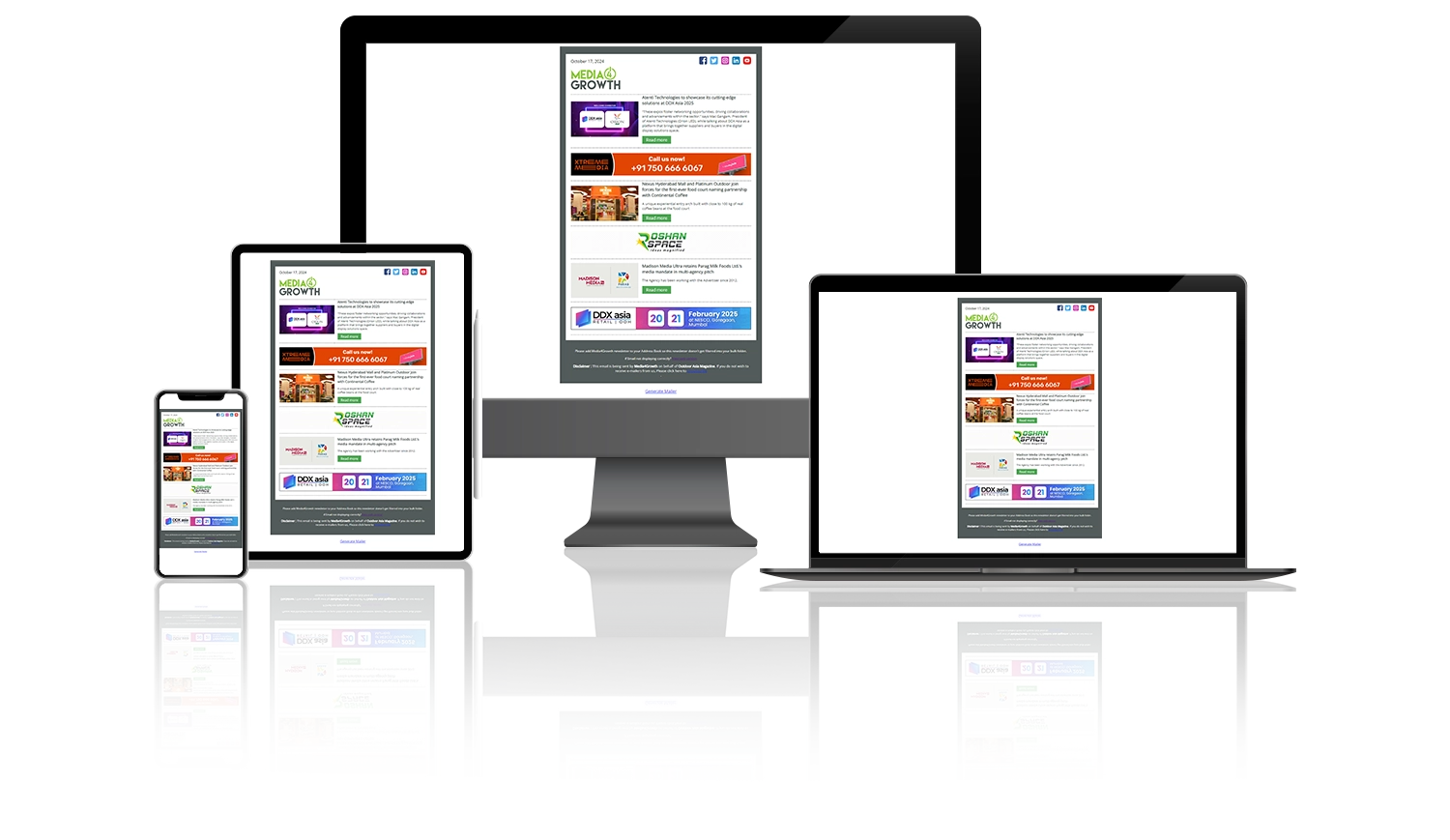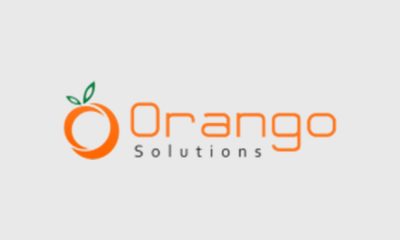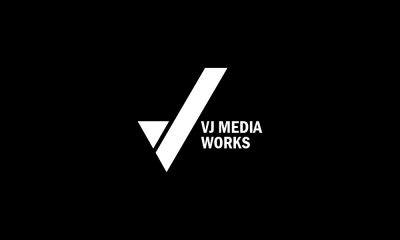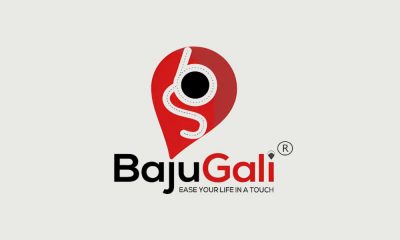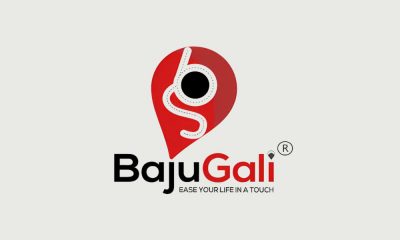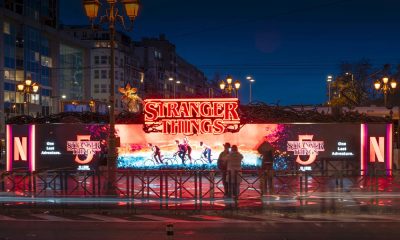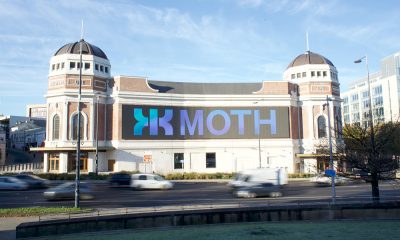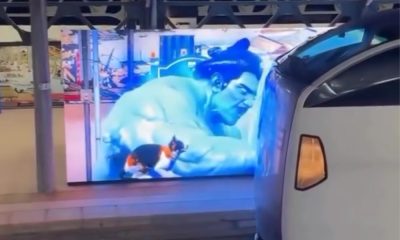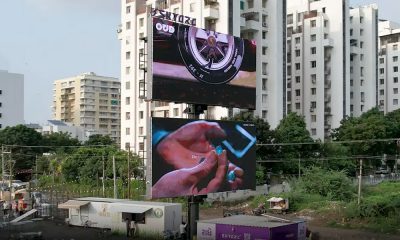OOH Industry
“DOOH has transformed from being an intern to being the Chief Growth Officer of the OOH industry”
Dipankar Sanyal,CEO of Platinum Communications explains how digitization is transforming the Out of Home (OOH) advertising industry, making Digital Out of Home (DOOH) a key growth driver.

Over the last decade, India has witnessed remarkable economic growth, driving rapid urbanization and infrastructural development. Metro railway networks, new airports, expanding malls in tier-two cities, expressways, and highways have transformed urban landscapes and connectivity. These changes have significantly impacted consumption patterns, with luxury brands penetrating tier 2 and 3 towns alongside traditional FMCG products. Technological advancements and widespread internet penetration have not only fueled digital transformation but also revolutionized Digital Out of Home (DOOH) advertising.
According to Dipankar Sanyal, CEO of Platinum Communications, the OOH (Out of Home) industry has undergone a dramatic transformation. “DOOH has transformed from being an intern to being the Chief Growth Officer of the OOH industry,” Dipankar remarks, emphasizing the significant role digitalization now plays. He highlights how these shifts have reshaped advertising strategies, enabling brands to engage with consumers through innovative and impactful campaigns.
In this evolving landscape, Dipankar identifies eight brand categories that are leading the way in leveraging OOH media effectively:
1. Real Estate
The real estate sector consistently dominates outdoor advertising expenditure, reflecting India’s rapid urbanization. Dipankar explains, “With the launch of new projects, large-format billboards are extensively used to gain visibility and attract potential buyers.” He notes that airports are strategic locations for premium property advertisements, providing a platform to engage affluent travelers and enhance brand impact.
2. Retail and E-commerce
Retail thrives on hyper-local targeting, catering to localized demands even as larger chains expand nationally. Dipankar observes, “Retail clients leverage their own networks for advertising, utilizing digital signage to attract non-competing brands and monetize their space.” Meanwhile, e-commerce platforms embrace DOOH to reach diverse audiences, using dynamic digital content tailored to market-wise consumption patterns.
3. Automobiles
The automobile industry witnessed a resurgence post-Covid, fueled by a growing preference for personal transport and the rise of electric vehicles (EVs). “Automotive brands leverage large-format digital and static media, particularly at airports, for impactful product launches and brand imagery,” Dipankar explains. He adds that corporate DOOH networks are also used strategically to target high-potential customers.
4. Mobile Handsets
Mobile handset brands continue to rely heavily on OOH for product launches and promotions. Dipankar notes, “This category cuts across all social strata, maintaining year-round visibility through diverse OOH formats.” With increased smartphone usage post-pandemic, brands strategically engage consumers at multiple touchpoints. “The personal screen space now serves multiple purposes—from gaming to education, entertainment, and financial transactions,” he highlights, showcasing the evolving digital ecosystem.
5. Media and Entertainment
In the competitive world of media and entertainment, brands constantly innovate to capture audience attention. Dynamic DOOH content plays a crucial role in driving visual impact. “This category is one of the most active in OOH, using constantly changing creatives and leveraging offline engagement for better brand recall,” Dipankar points out.
6. BFSI (Banking, Financial Services, and Insurance)
BFSI brands, including banks, insurance, and fintech firms, have significantly increased their OOH spending. Dipankar explains, “Airports, business districts, and arterial roads are preferred locations for BFSI campaigns, ensuring year-long visibility.” He also mentions that while insurance campaigns are often seasonal, other financial brands maintain consistent engagement to build trust and credibility.
7. Travel and Tourism
The travel and tourism sector, contributing 10.46% to India’s GDP, strategically uses OOH to promote destinations. “Airports and transit hubs play a vital role in targeting domestic and international travelers,” Dipankar says, emphasizing the effectiveness of large-format billboards in capturing consumer attention. The sector’s extensive use of OOH reflects India’s growing tourism industry and cultural appeal.
8. Food and Beverage
Food and beverage brands, both international and domestic, actively utilize OOH for product launches, new store openings, and local promotions. “Transit media, small-format displays, and DOOH are extensively used to create high visual impact,” Dipankar notes. He adds that visually captivating creatives enhance brand appeal and engagement, making OOH a preferred medium for this category.
The Digital Transformation of OOH
These categories are not only maximizing the reach of OOH but also setting new standards in strategic brand storytelling. Dipankar emphasizes, “The advent of technology and digitalization has enhanced the storytelling capacity of brands.” He points to innovative DOOH formats such as anamorphic 3D displays and AI-driven campaigns that have elevated the visual impact of OOH, driving deeper consumer engagement.
Exciting Times for Indian OOH Industry
Reflecting on the industry’s evolution, Dipankar concludes, “These are exciting times for the Indian OOH industry. We must leverage these buoyant categories and make the most of the opportunities they present.” He remains optimistic about the future, noting that as brands continue to explore innovative ways to connect with consumers, the OOH landscape in India will remain vibrant and dynamic, steering the future of advertising towards limitless possibilities.
This article captures Dipankar’s insights on how the OOH industry is evolving and the strategic impact of digitalization. As brands adapt to changing consumer behaviors, OOH continues to be a powerful medium for brand engagement and storytelling.
-

 Creative Concepts
Creative ConceptsDisney’s Percy Jackson season 2 makes splash with 4D billboard activation
-

 Creative Concepts
Creative ConceptsNMACC’s snowfall billboard promotes The Nutcracker on Ice
-

 Markets in Focus
Markets in FocusPwC forecasts India’s OOH revenue to near $800M, powered by DOOH and measurement
-

 Campaigns
CampaignsContinental Coffee Speciale unleashes sensory OOH blitz in Mumbai
